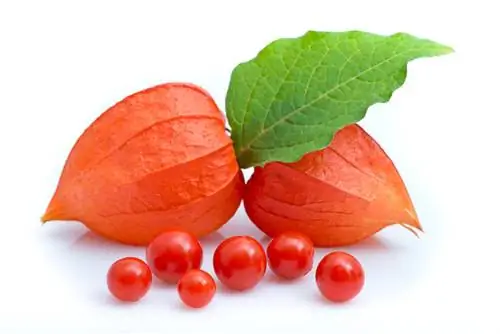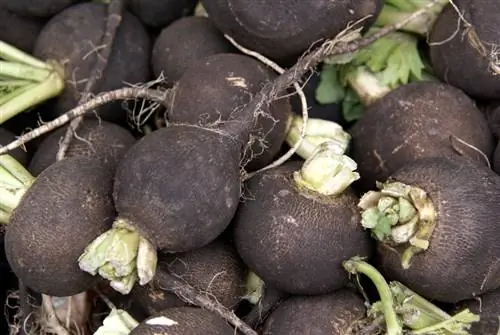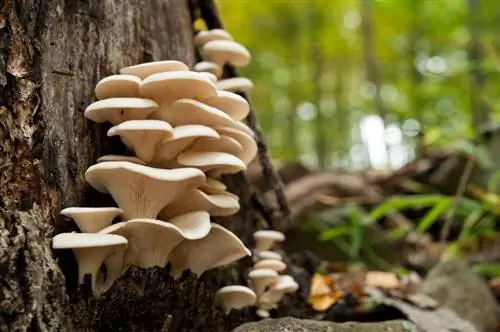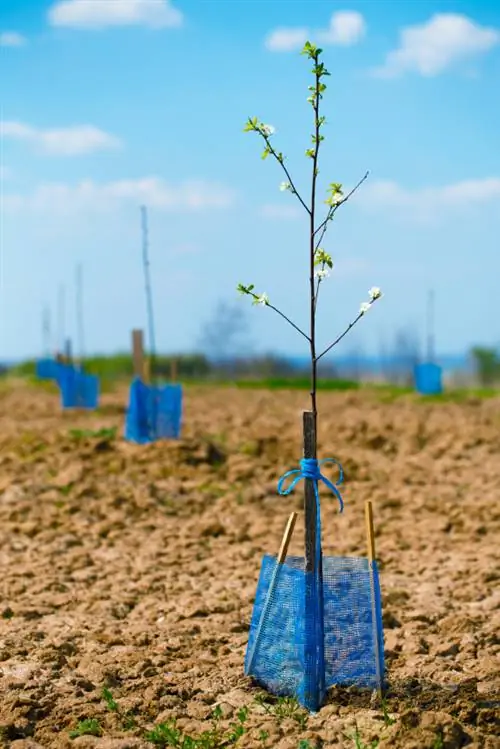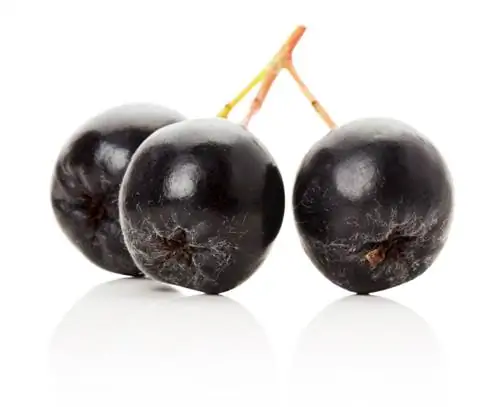- Author admin [email protected].
- Public 2023-12-16 16:46.
- Last modified 2025-01-23 11:22.
Many gardeners plant a physalis to harvest the sweet and sour fruits of the nightshade plant in autumn. But be careful: not all Physalis are the same. Almost all species are poisonous. So make sure it is the right variety.

Are Physalis poisonous?
Most Physalis arepoisonous in all parts of the plantOnly thefruits of the Physalis peruviana, also known as the Andean berry,can you eatHowever, this is onlywhen ripe, because the unripe berries also contain too many poisonous alkaloids.
Which parts of the Physalis plant are poisonous?
In most species of Physalis,all parts of the plantare poisonous - from the roots to the leaves and flowers to the berries. They all containalkaloids, especially solanine. TheException are the fruits of the Andean berry (Physalis peruviana), which you can increasingly buy in the supermarket.
How do I recognize poisonous Physalis?
The best way to recognize poisonous physalis isby the color of the lanternsThe lanterns of the poisonous berries of the well-known lantern flower (Physalis alkekengi) arered orangeIn contrast, the edible fruits of the Andean berries are usually light brown. You should stay away from the green parts of the plant for all Physalis species anyway.
What happens if you eat poisonous physalis?
If you eat poisonous physalis, you may especially experiencegastrointestinal problemssuch as abdominal cramps, diarrhea and vomiting. The type and extent of the symptoms always depend on theamount consumedand theindividual sensitivity. Be careful and only enjoy Physalis if you are sure of its tolerance.
Tip
Unripe fruits of the Andean berry are also poisonous
Eat the fruits of the Andean berry only when they are ripe. The unripe berries are slightly poisonous and can therefore cause he alth problems.

